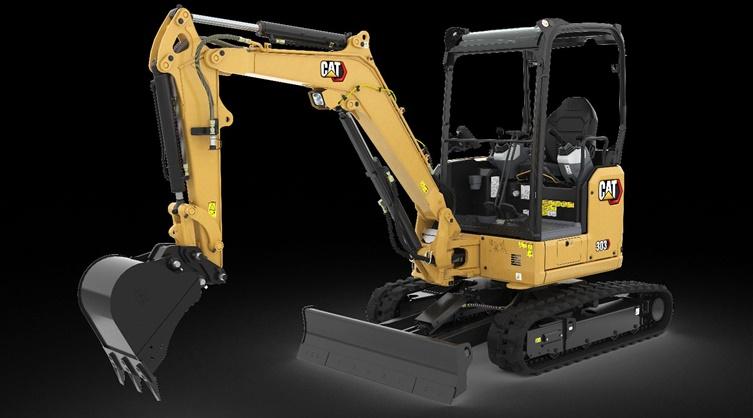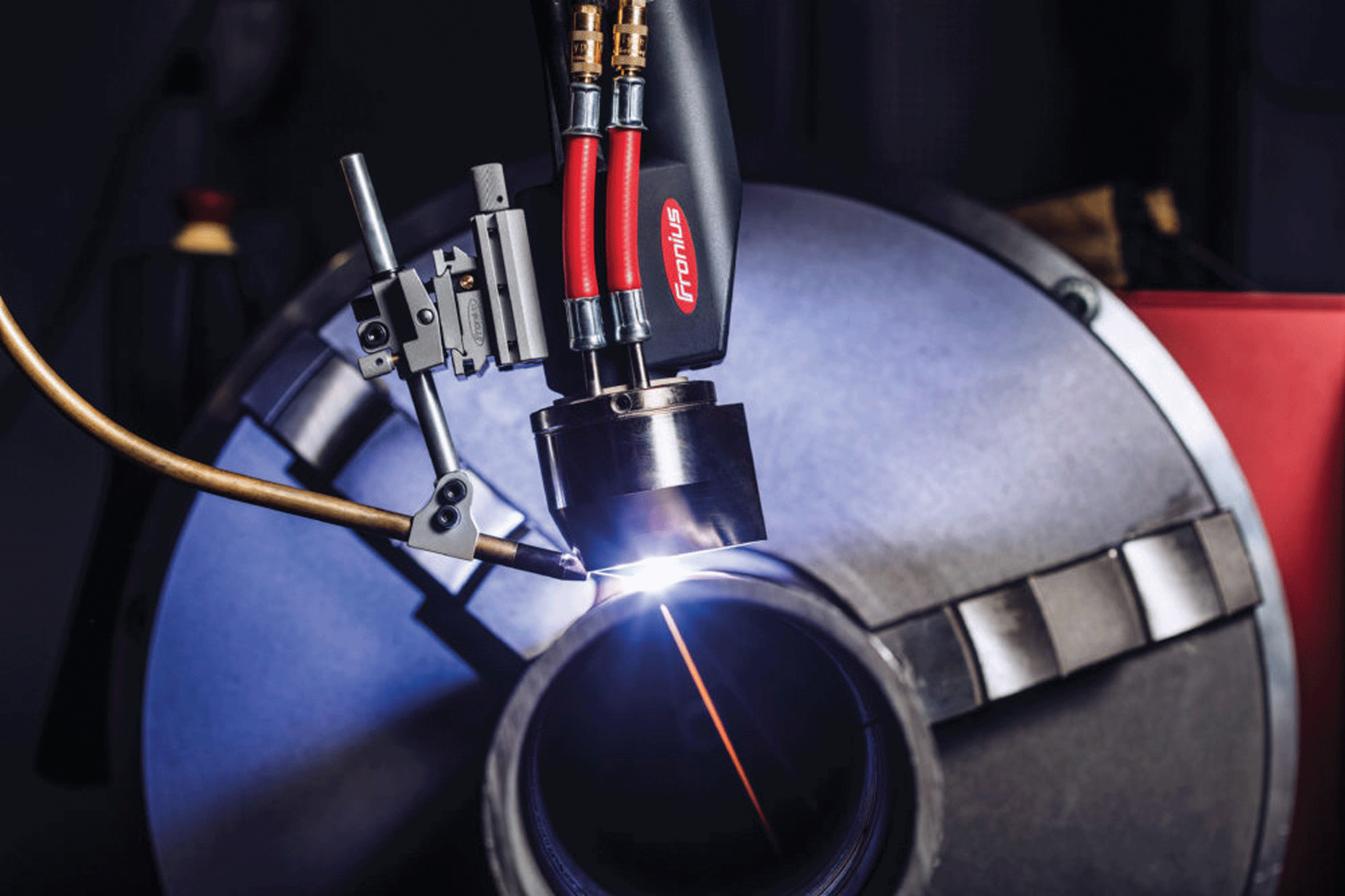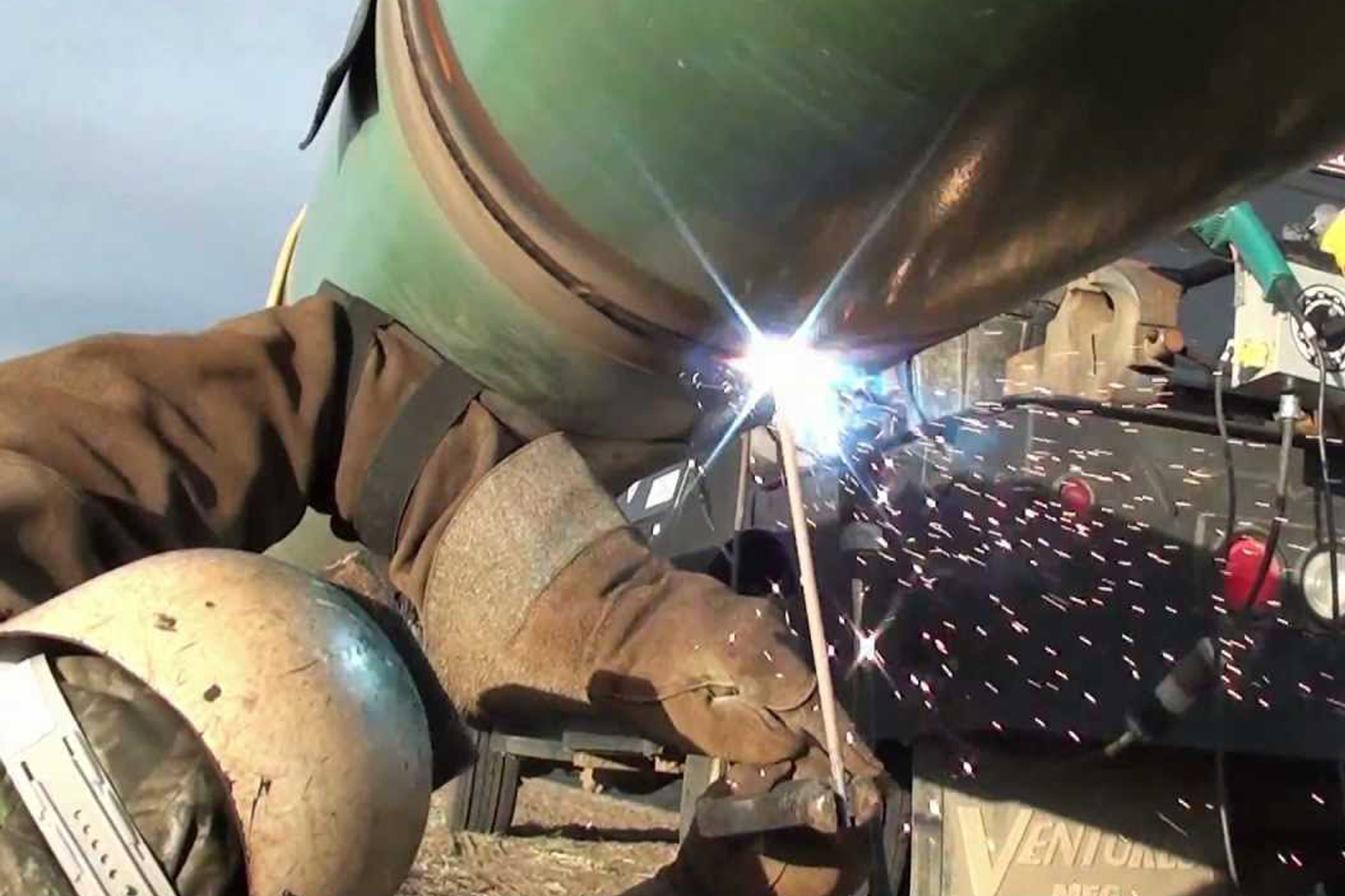Cutting and welding: need for quality construction
By Edit Team | August 16, 2018 9:00 am SHARE

There’s a need to adopt to high-performance processes to stay abreast with market growth on the back of surging investments.
Over the past decade, digital technology has transformed industries ushering in the industrial revolution. However, during the same period, the construction industry continued operating as it has for the past 50 years relying majorly on manual labour, mechanical technology and established operating and business models, dragging productivity.
Indian construction industry is seeing heavy growth in the last five to six years with the construction machinery market continuing on the back of high infrastructure investments. According to Indian Ministry of Commerce and Industry, during the fiscal year 2018 almost 97,000 construction machines were sold.
To keep up with the pace, construction equipment manufacturing industry must adopt processes which are high performance in nature. Tandem wire MAG welding (TIME Twin) has become more popular over the last five years and by using a special torch feeding two wires with separate power sources, deposition rates can be more than doubled compared to single wire MIG/MAG, (e.g.15kg per hour can be achieved at travel speeds of 5m/min). The process suits long fillet welds where high travel speeds can bring economic benefits.
High performance, reliability and data documentation: need of the hour
V V Kamath, Managing Director, Fronius India Pvt Ltd, says, “With the high performance, the reliability and data documentation to monitor, record and analyse the weld data is the need of the hour to meet the global standards. The Fronius Intelligent Technologies with the Trans Process Solution (TPS/i) provides a complete process solution for the welding operations.”
Construction metal work
Construction metal working involves the skills required to mark out, cut and assemble, repair and maintain steel structures such as buildings, bridges, heavy plant and lifting equipment. S M Bhat, Managing Director, Ador Welding Ltd, says, “A construction metalworker must have a good knowledge of mathematical calculations and geometrical techniques and be able to interpret simple and complex engineering drawings. He or she must be able to fabricate small to large structures and check them for correct dimensions, square, parallel and flatness.”
He adds, “A construction sheet metalworker must be capable of applying the above skills to a range of steels including low carbon, stainless, alloy steels and aluminium alloys. He or she must
also have a comprehensive knowledge of a range of industrial cutting and forming processes to suit these materials.”
Construction metalwork serves industries that include dairy, pharmaceutical and chemical industries, and civil engineering projects that may involve steel structures for buildings, bridges or lifting equipment.
Welding processes used in fabrication industry
Milan P. Supanekar, Managing Director, Welding Technologies India outlines the most common welding processes used in any fabrication industry are as follows
• Gas metal arc welding (MIG/MAG/FCAW)
• Gas tungsten arc welding (TIG)
• Shielded metal/ manual metal arc welding (SMAW/ MMAW i.e. by electrodes)
• Sub-arc welding (SAW)
To evaluate the welding process the following factors would typically be considered
• Type of material being welded
• Thickness of the material
• The welding position
• Type of welding power source and the amount of current available
• Time requirements
• Working conditions
Effect of welding process parameters
Supanekar believes the quality of a weld joint is strongly influenced by process parameters during the welding process. In order to achieve high-quality welds, mathematical models that can predict the bead geometry and shape to accomplish the desired mechanical properties of the weldment should be developed. He adds, “In robotic GMA (Gas Metal Arc) welding factorial design can be employed as a guide for optimisation of process parameters. There are three major factors i.e. arc current, welding voltage and welding speed which decides the weld quality. The effectiveness and a change of process parameters affect the bead width, bead height and penetration relatively.”
In case of construction equipments considering the thickness, type of material, type of joints etc the most commonly used process is MIG. It is also the most economical and convenient process. Further, many companies have developed automation systems like robotic automation and special purpose automatic equipments for the large jobs and where the production levels are higher.
Cutting and welding– latest trends
CMT Twin: combines the best of two welding technologies
With CMT Twin, Fronius combines two independently functioning arc-welding processes into a single process. This novel twin-wire solution lets users exploit two Cold Metal Transfer (CMT) processes, or combine a CMT process with a GMA pulse welding process, all within one single system. Kamath says, “The setup consists of two power sources, one welding torch and two separate contact tips. This innovative process technology ensures an extremely stable arc from the start of welding to the filling of the end-crater and makes it possible to weld thin sheets at high speed with minimal spatter, deep penetration and optimised weld-seam formation.”
LaserHybrid
Cost-effective, reliable, consistently precise and, above all, fast – the requirements placed on automated welding processes in the construction, automotive industry, shipbuilding and pipeline construction continue to rise: it must be possible to join thick sheets as well as thin sheets in series production with increasing speed and quality. This is where LaserHybrid welding, for example, can bring greater profitability. This welding process combines laser and gas metal arc welding in a single process, making optimal use of the synergies. Users primarily benefit from a highly stable welding process, less preliminary work and rework along with high speeds and quality. Fronius is now also offering the LaserHybrid welding process together with the intelligent TPS/i power source to provide an additional increase in performance.
With Fronius LaserHybrid, it is possible to carry out automated joining of different aluminium and steel items at speeds of up to 8 metres per minute, in superlative quality. Users primarily benefit from the extended range of welding options and minimum effort required when it comes to seam preparation. The results are also virtually faultless. Complex and time-consuming seam rework is only necessary in rare instances. What is more, users can also weld edges created by plasma cutting, guillotine-shear cutting or flame cutting. LaserHybrid welding plays a significant role in reducing production and operating costs.
Automation and fully-automatic robotic systems with MIG process
According to Supanekar the current trend in the construction industry is automation and fully-automatic robotic systems with MIG process. He adds, “It helps the manufacturers to increase their productivity, quality, consistency, and convenience. This trend will continue and most of the OEMs, Tier 1 and Tier 2 suppliers are now switching over to this automation process.”
Why robot welding automation
Various benefits
• Quality improvement
• Productivity increase
• Technology-oriented
• Cost saving
Challenges
• Technical know-how
• Right decision with understanding market
Bhat says, “The industrial construction industry consists of earth moving, paving, and crane equipment. Steel beams and other related materials to construct homes and buildings.”
Pull through beam welding systems
Cutting machines, such as laser, plasma, oxy-fuel and waterjet cutting, are used to cut parts for use in the building of stairs, gates, floors, corrugated steel, holding tanks, elevators, and bridges, for example – small one torch cutting machines, large CNC gantry cutting machines with multiple torches, waterjet cutting machines for cutting tile, marble, granite, bullet proof glass, and art work, large gantry cutting machines with option to add plasma bevel cutting and oxy-fuel bevel cutting to the machine, laser and water jet cutting machines equipped with three-dimensional bevel cutting heads.
Automated cutting
The handling of large weldments and parts can be done safely using positioning equipment, such as gear-driven positioners, head and tail stock sets, and turning rolls. Positioners are used not only for welding, but for assembly of many types of equipment, as well as repair of machinery used in construction.
Robotic line with tandem MIG
Technology drivers in the construction industry are:
• Sensors for torch positioning.
• Current, voltage, gas flow and temperature -Transducers with data transmitters.
• IoT will help in a big way to implement high-end automation without the immediate availability of domain knowledge. Moreover, the visibility and analysis of data can help to improve the quality, productivity and cost in a big way.
LaserHybrid welding plays a significant role in reducing production and operating costs.
V V Kamath, Managing Director, Fronius India Private Ltd
The current trend in the construction industry is automation and fully-automatic robotic systems with MIG process.
Milan P. Supanekar, Managing Director, Welding Technologies India
A construction metalworker must have a good knowledge of mathematical calculations and geometrical techniques.
S M Bhat, Managing Director, Ador Welding Ltd
Cookie Consent
We use cookies to personalize your experience. By continuing to visit this website you agree to our Terms & Conditions, Privacy Policy and Cookie Policy.





































-20240213125207.png)

























